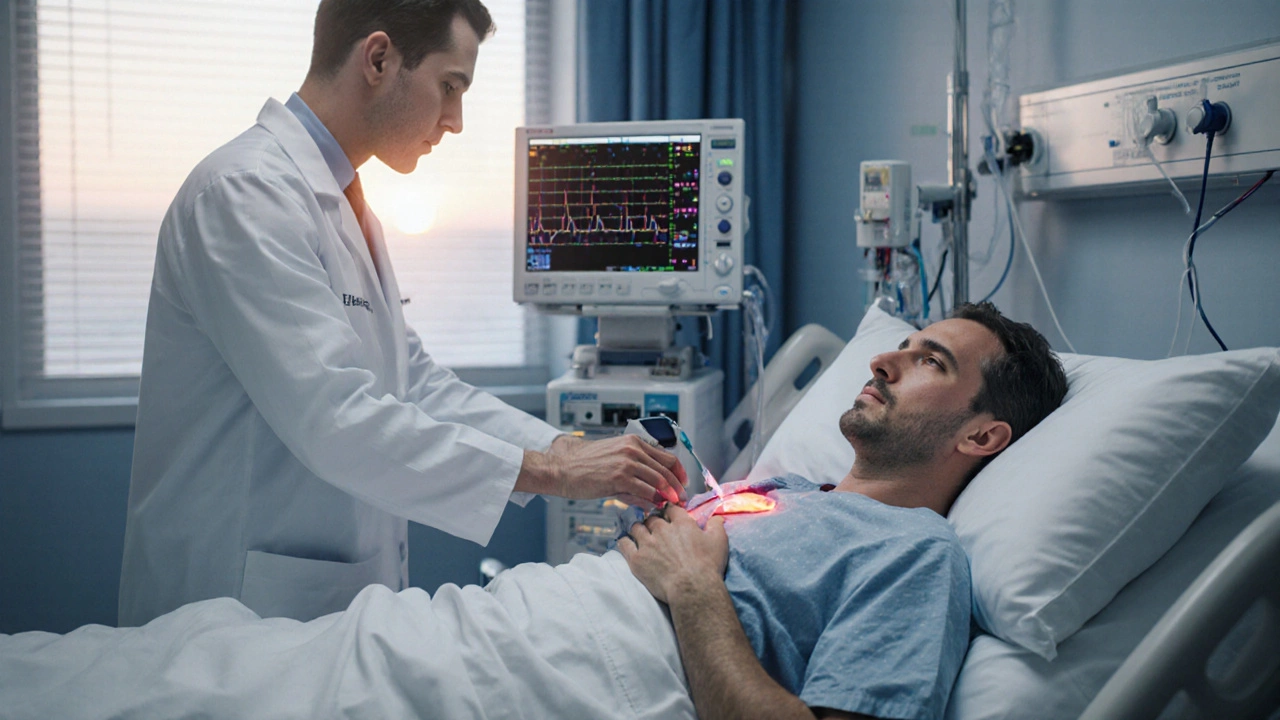
Open-Heart Surgery Recovery Timeline Calculator
Recovery Assessment Results
After an open-heart surgery is a major operation that opens the chest to repair or replace heart structures, such as bypass grafts or valves, the big question most patients face is: when can they safely live on their own again? The answer isn’t a one‑size‑fits‑all number; it depends on how quickly you heal, what kind of surgery you had, and the support you have at home. Below you’ll find a step‑by‑step roadmap that turns vague timelines into concrete milestones, plus a handy checklist to make the move to independence as smooth as possible.
Key Takeaways
- Most patients can consider living alone 6‑12 weeks after surgery, provided they meet specific medical and functional criteria.
- Critical milestones include stable vital signs, pain under control, ability to perform basic ADLs, and completion of the initial phase of cardiac rehabilitation.
- Complications such as arrhythmia, wound infection, or low oxygen saturation must be ruled out before going solo.
- Tailor your home environment: remove trip hazards, set up monitoring devices, and arrange a reliable emergency contact system.
- Never skip the final clearance from your cardiologist or cardiac surgeon.
Understanding the Recovery Curve
The body’s healing process after an open‑heart operation is typically broken into three phases:
- Immediate post‑op (Days 1‑7): You stay in the intensive care unit (ICU) where a cardiologist monitors heart rhythm, blood pressure, and drainage tubes.
- Early recovery (Weeks 1‑4): You’re transferred to a regular ward, start gentle physical therapy sessions, and learn breathing exercises to keep the lungs clear.
- Rehabilitation phase (Weeks 5‑12): You attend cardiac rehabilitation programs that blend supervised exercise, education, and lifestyle coaching.
Most complications that would prevent independent living surface during the first month. That’s why regular follow‑ups with your cardiac surgeon or cardiologist are essential.
Medical Milestones You Need to Hit
Before you lock the front door and head out on your own, check off these health markers:
- Stable vital signs: Blood pressure within 110‑140/70‑85 mmHg, heart rate 60‑100 bpm, and no frequent arrhythmias.
- Oxygen saturation: Consistently above 95% on room air using a pulse oximeter that you can wear at night.
- Pain management: Pain scores under 3/10 with oral medications only; no need for IV drips.
- Wound healing: No signs of infection (redness, drainage, fever) and incision fully closed.
- Medication adherence: You can manage your daily regimen-antiplatelet agents, beta‑blockers, statins-without confusion.
- Follow‑up clearance: Your doctor signs off that you’re medically fit for independent living.
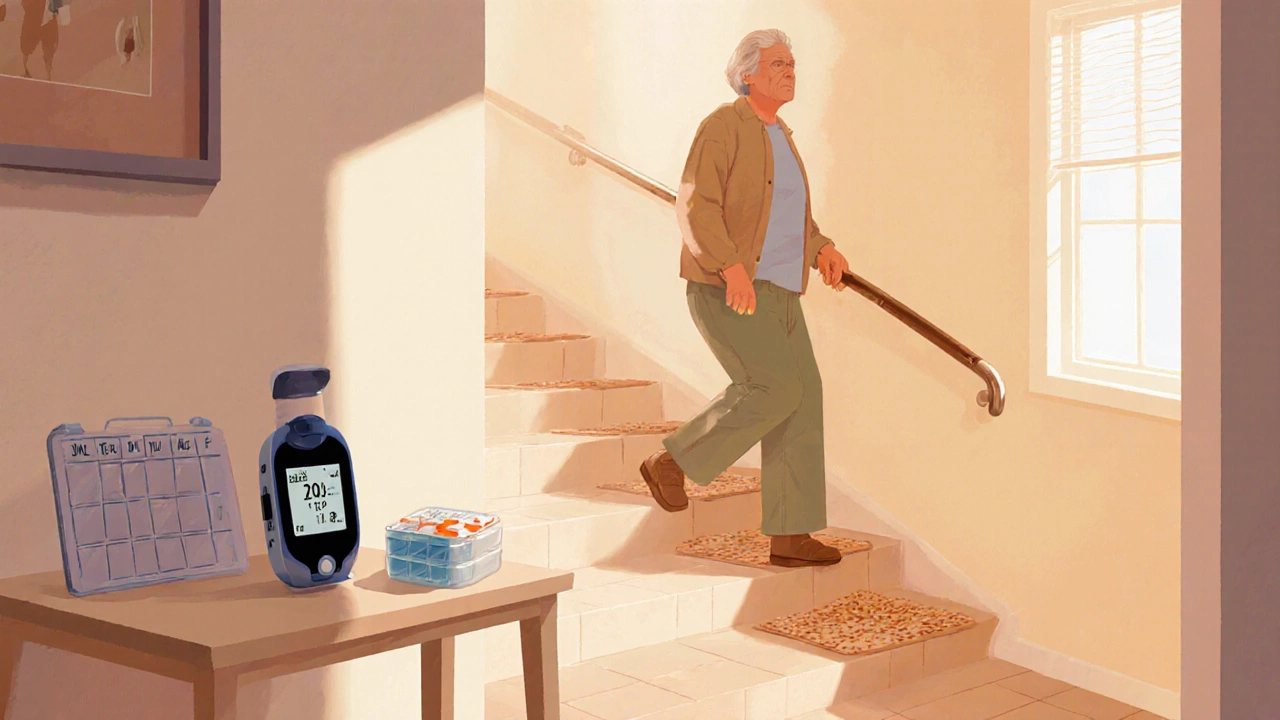
Physical Ability and Daily Living Tasks
Living alone isn’t just about numbers on a monitor; you must be able to handle everyday activities safely. The key metric used by clinicians is the ability to perform activities of daily living (ADLs) without assistance. Here’s what to assess:
- Mobility: Walk at least 30‑40 minutes a day (even if broken into shorter walks) without undue shortness of breath.
- Stairs: Ascend and descend one flight of stairs comfortably; many programs use the “stairs test” as a benchmark.
- Personal care: Bathing, dressing, and toileting are done independently, possibly with a handheld shower head to avoid bending.
- Household chores: Light cleaning, cooking simple meals, and grocery shopping are manageable. Heavy lifting (more than 10kg) should still be avoided.
- Emergency response: You can call 999 and describe symptoms clearly; you know the location of your emergency contact list.
If any of these tasks cause fatigue, dizziness, or chest discomfort, hold off on moving out and discuss with your rehab therapist.
Home Environment and Support Network
Even if you’ve passed the medical and functional checkpoints, the home setting can make or break your independence. Follow these practical steps:
- Remove trip hazards: Secure loose rugs, install grab bars in the bathroom, and keep pathways clear.
- Set up monitoring devices: Keep a pulse oximeter and a blood pressure cuff within arm’s reach; log readings daily.
- Prepare a medication station: Use a weekly pill organizer labeled with day and time.
- Arrange for a home care nurse visit once a week for the first month after you move out. They can check wound status, vitals, and teach you how to use equipment.
- Emergency plan: Program your phone’s speed dial with your doctor’s office, nearest hospital, and a trusted neighbor.
- Nutrition prep: Freeze heart‑healthy meals ahead of time (e.g., baked salmon, quinoa, steamed veg) to avoid reliance on take‑out.
When to Ask for Professional Help
Even the best‑prepared patient may hit a snag. Call your cardiac team or a home‑care professional if you notice any of these red flags:
- Shortness of breath at rest or with minimal activity.
- Chest pain, pressure, or new palpitations.
- Fever over 38°C, wound drainage, or increasing redness around the incision.
- Swelling in the legs or sudden weight gain (possible fluid overload).
- Persistent low oxygen saturation (<92%) despite using the pulse oximeter.
Early intervention can prevent a readmission and keep your independence on track.
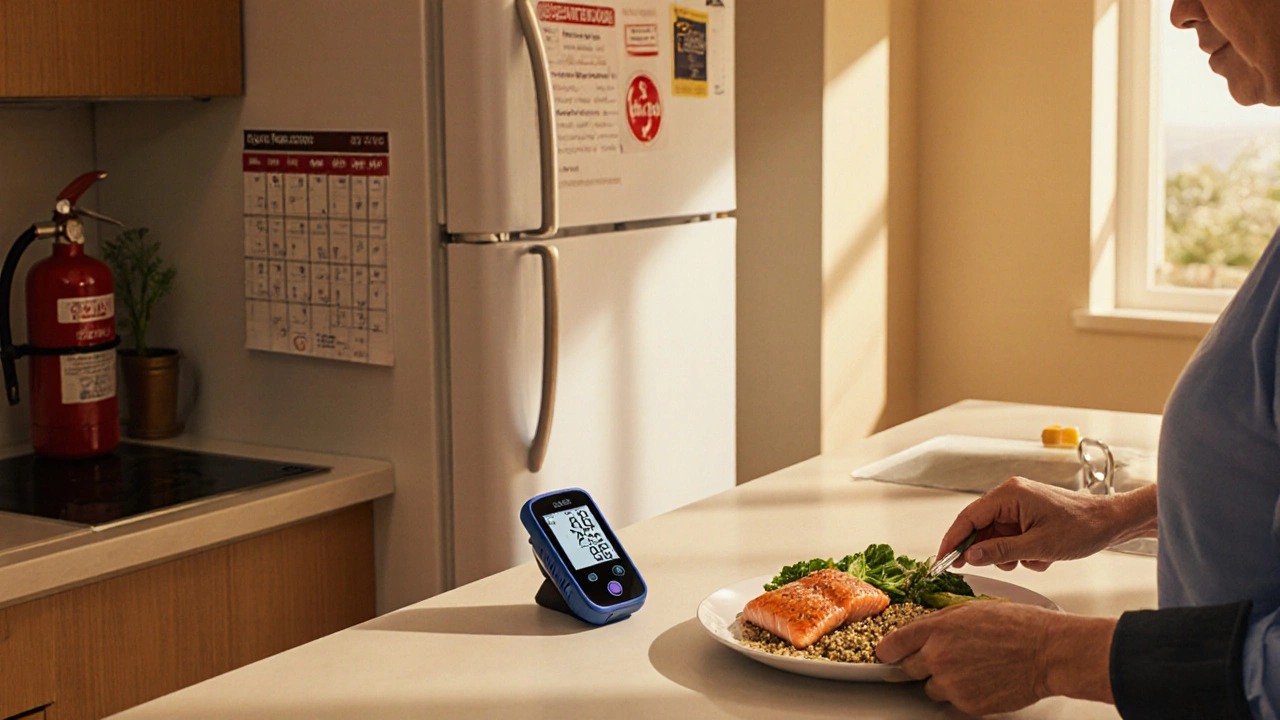
Comparing Recovery Paths: Bypass vs. Valve Surgery
| Milestone | Coronary Artery Bypass Graft (CABG) | Heart Valve Replacement/Repair |
|---|---|---|
| Hospital discharge | 5‑7 days | 7‑10 days |
| First follow‑up appointment | 2 weeks | 2‑3 weeks |
| Independent ADLs without assistance | 4‑6 weeks | 5‑7 weeks |
| Full cardiac rehab program (PhaseII) | 6‑8 weeks | 8‑10 weeks |
| Cleared to live alone | 6‑10 weeks | 8‑12 weeks |
These numbers are averages from UK cardiac centres in 2024‑2025. Individual recovery can be faster or slower based on age, comorbidities, and how strictly you follow rehab recommendations.
Checklist Before Going Solo
- Doctor’s written clearance for independent living.
- All vital signs stable for at least 48hours.
- Pain < 3/10 with oral meds only.
- Wound fully healed - no drainage.
- Ability to walk 30min and climb one flight of stairs.
- Medication organizer set up and understood.
- Pulse oximeter and BP cuff calibrated.
- Home safety modifications completed.
- Weekly home‑care nurse visit scheduled for first month.
- Emergency contact list on fridge and phone speed‑dial.
Run through this list with your caregiver or rehab therapist; crossing each box gives you confidence that you’re truly ready.
Frequently Asked Questions
Can I live alone the day I’m discharged?
Almost never. Even if you feel fine, the first 24‑48hours after discharge are high‑risk for arrhythmias or wound issues. Most clinicians recommend at least one night with a carer or home‑care nurse.
What if I live in a flat on the third floor without a lift?
Talk to your cardiac rehab team. They may advise a temporary relocation to a ground‑floor unit or a short‑term stay with family until you can safely manage stairs without shortness of breath.
How long should I keep using a pulse oximeter at home?
Most surgeons suggest daily readings for the first 8‑12 weeks. If your saturations stay stable, you can reduce to three times a week thereafter, but keep the device handy for any sudden symptoms.
Is it safe to drive before I’m fully cleared?
No. Driving requires adequate reaction time and stable vision. Most UK guidelines advise a 4‑6 week driving abstinence after CABG and up to 6‑8 weeks after valve surgery, pending a doctor’s sign‑off.
What role does cardiac rehabilitation play in living alone?
Cardiac rehab builds the stamina, strength, and confidence needed for daily tasks. Completing PhaseII (usually 6‑12 weeks) is a strong predictor that patients can manage independently without frequent medical setbacks.

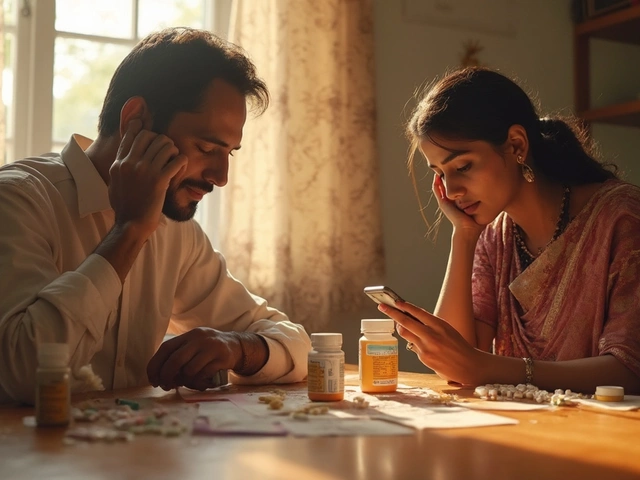


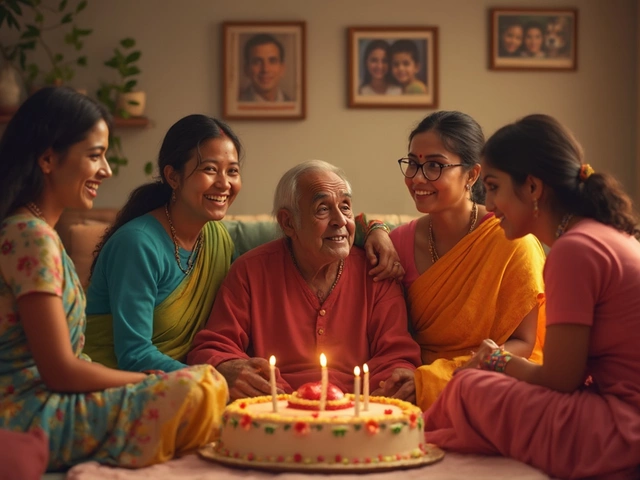
Rohan Talvani
I am a manufacturing expert with over 15 years of experience in streamlining production processes and enhancing operational efficiency. My work often takes me into the technical nitty-gritty of production, but I have a keen interest in writing about medicine in India—an intersection of tradition and modern practices that captivates me. I strive to incorporate innovative approaches in everything I do, whether in my professional role or as an author. My passion for writing about health topics stems from a strong belief in knowledge sharing and its potential to bring about positive changes.
view all postsWrite a comment